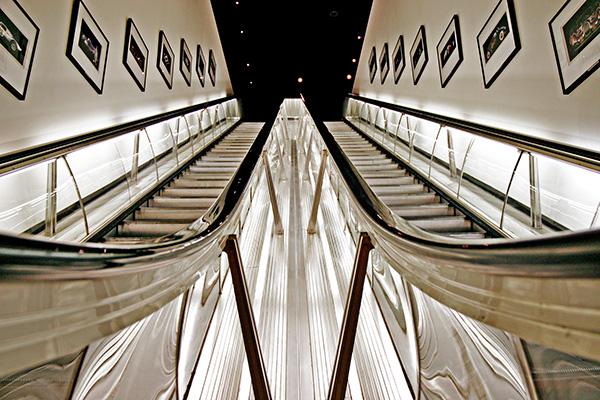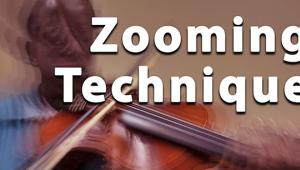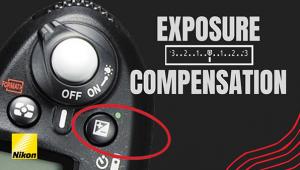Get Better at Composing Your Images with These 5 Quick Tips

It’s a good idea for everyone to occasionally review some basic concepts of photography that are easy to take for granted. To that end, consider this brief article a refresher course in the rules of composition. In fact, if you place two photographers in the same location, pointed at the same subject with identical gear, chances are the resulting images will be surprisingly different because of how each shooter composes the scene.
In short, being at the right place at the right time and arriving at a proper exposure is only the beginning. It’s the photographer with a solid understanding of compositional rules who brings home the winning images, time after time.
1. Find a Specific Point of Interest
All effective images begin with an eye-catching point of interest. With travel photography, for example, the focal point could be a unique building, a majestic mountain, or a person who typifies the local culture. Usually, you should avoid placing this primary subject in the center of your scene.
A more interesting approach is to position the main subject off to one side of the composition, while being careful to not bisect your shot with the horizon. Either point the camera up to make the most of a dramatic sky, or down to accentuate the foreground.
2. Move in Tight and Fill the Frame
Photos are often most effective if you move in as tight as possible. Obviously, you can either do this by physically moving closer to your subject or by using a more powerful lens.
It’s also important to pay attention to the background of your scene and do everything possible to eliminate distracting elements. We’re all familiar with the notion of avoiding telephone poles that appear to emanate from someone’s head, but messy backgrounds are just as problematic. It helps to select a wide aperture to minimize depth of field.
Another option is to shoot from a higher position. Sometimes simply standing atop a car bumper or a staircase is all it takes to shoot down on your scene, thereby minimizing background clutter.
3. Framing Your Scene
One way to direct the viewer’s eye to the key component of your scene is to find a nearby object with which to “frame” the main subject. If you’re photographing a person, for example, a doorway, an arch, or a window can add compositional unity and impact to your image.

Similarly, the overhanging branches of a tree in the foreground can help to frame a distant mountain or landscape. A strong foreground object is particularly important when shooting with wide-angle lenses that tend to flatten out the background.
4. Think in Terms of Contrast
When most photographers hear the word “contrast,” they think about bright vs. dark. In terms of composition, however, contrast can also mean large vs. small, near vs. close, young vs. old, or colorful vs. drab.
The point is that it’s hard to convey a sense of size in an image if your scene doesn’t also include something small for scale. The same concept often applies for conveying a sense of youthfulness, power, or various emotions. So, if possible, try to include contrasting objects, emotions, or tones in your photos.
5. Change Perspective to Suit the Scene
Photographers sometimes end up with boring images simply because they forget to shoot vertically. It’s important to select your perspective based upon the situation at hand. It should be obvious that a photo of a group of people is typically better suited to a horizontal image.
Likewise, a tall building, a looming mountain, or an imposing giraffe usually calls for a vertical shot. So the next time you’re out shooting, try composing each scene in both a vertical and a horizontal format. It sounds like a silly exercise, but your results may surprise you.
- Log in or register to post comments











































